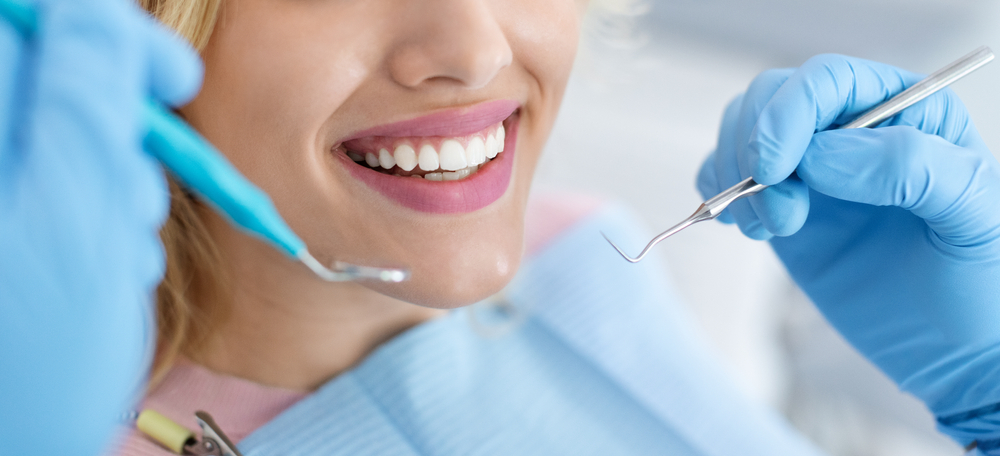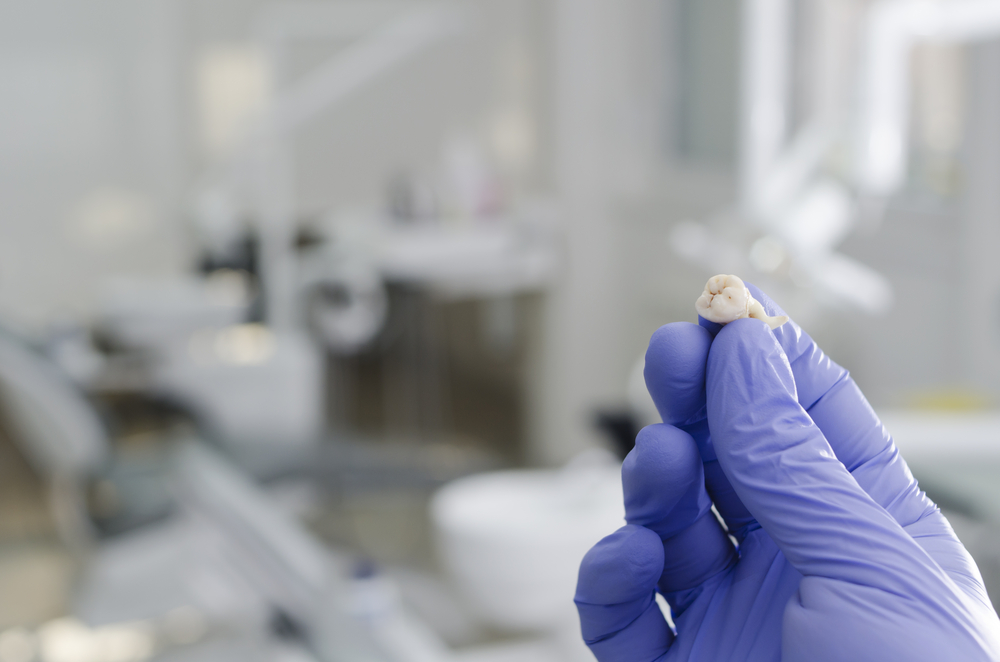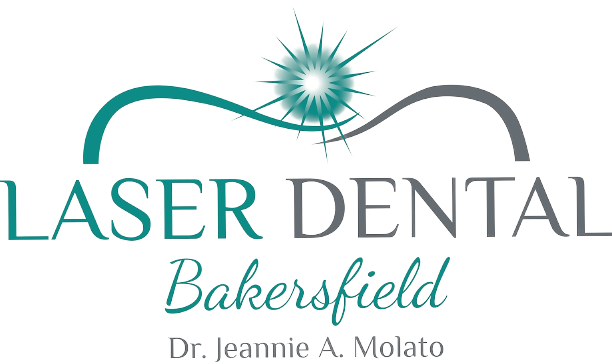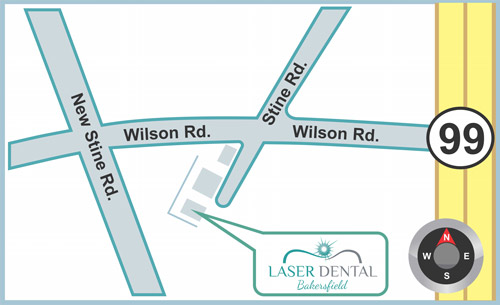Anchorage is an important part of the orthodontic treatment process. They are vital in preventing teeth that should remain stationary from shifting out of position. Recent innovations have led to Temporary Anchorage Devices (TADs). These anchorages are secured in place within the mouth for the duration of the treatment and removed afterward. This new device enabled anchorages to be created where no secure anchoring point was available. In addition to providing new options for anchorage, they have also reduced the need for headgear and other advanced forms of orthodontic anchorage.
How TADS Influence Orthodontic Adjustment Methods
Achieving the goals set out by your dentist as part of orthodontic treatment is a complex process. A favorite anchorage point is the rear teeth. However, this anchorage won’t work for all treatment plans. Using any teeth, even the rear teeth, also provides some potential complications. When teeth are used as anchorage points, they’re put under strain. This strain can, contrary to the goals of the treatment, cause the anchor-point teeth to shift out of position. TADs help address this concern by creating temporary anchorage points secured in the oral cavity’s bone.
Temporary Anchorage Devices take the form of mini-implants that are fixed into the bone. These anchors create new points your dentist can use as securing points to apply the necessary pressure to the teeth being moved. In some cases, temporary anchorages are used to secure a tooth that is also being used as an anchor point. This versatility allows your dentist to apply pressure where needed without endangering other teeth.
Numerous benefits come with the use of TADs, including:
- Reduced reliance on orthodontic headgear
- Shorter orthodontic treatment times
- Less risk of teeth incorrectly moving out of position
- No need for elastics
- Can make certain oral surgeries unnecessary
TADs have many similarities to the dental implants used as a form of dental restoration. While both implants and TADs are secured into bone, TADs don’t go through the process of osseointegration. Osseointegration is the process that occurs when dental implants become a permanent part of the bone they’re secured in. This is excellent for dental implants and adds to their durability and longevity. TADs, however, need to be removed over time and do not go through this process.
Discover More About Temporary Anchorage Devices
Are you ready to discover the difference TADs can make in how you receive orthodontic care? Reach out to your dental provider for an orthodontic assessment today! You’ll undergo a full dental exam to determine the extent of your need for care. This will be followed by a consultation, during which you’ll develop a treatment plan to address your orthodontic concerns. Every year dental technology continues to advance, resulting in new treatments that are faster, more effective, and less invasive. Speak to your dental provider to learn which of these new technologies they’ve implemented at their practice!









